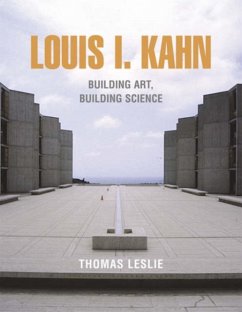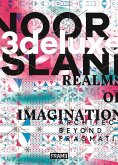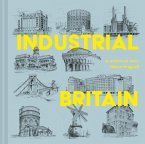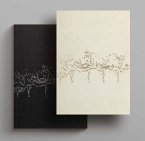Philadelphia architect Louis I. Kahn (1901-1974) was one of the most influential American architects of the twentieth century. His work, widely recognized as a link between modern and classical traditions, is distinguished by its simple yet monumental design. In this book, Thomas Leslie shows that Kahn was also an extraordinarily gifted technologist and that his careful presentation of engineering principles set the stage for the high-tech movement in Europe and America. The examination of four major buildings--the Yale Art Gallery, the Richards Medical Laboratories, the Salk Institute, and the Kimbell Art Museum--and several smaller projects by Kahn reveals this hidden theme: an expressive integration of construction, structure, and services into buildings that dramatically highlight the processes involved in their making and function. Previously unpublished drawings, construction photographs, and sketches complement new diagrams that illustrate the profound technical poetry within Kahn's buildings. Because of its new approach to Kahn's work, this book will be a vital resource for architects and designers, both as a comprehensive analysis of these buildings and as a new interpretation of their constructed meaning. Students and educators will also benefit from the book's focus on the role of basic building science in the design and construction of four major monuments of late twentieth-century architecture.








